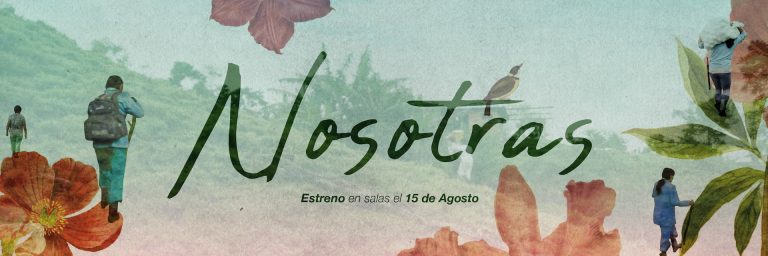
Nosotras, A Documentary About Speaking Out To Heal Gendered Violence
27 August, 2024Emilse Quevedo has achieved life-changing transformation for her family using film as a tool for communication.
After the Cinemateca de Bogotá screening of Emilse Quevedo’s personal documentary film Nosotras, Emilse’s mother, who had been in the audience and who features in the film opening up about the traumas she has suffered, said she felt relieved for having spoken her truth. Although for years she wasn’t ready for Emilse to share this personal film with the public, one day she realised her testimony could transform another woman’s life, and that would make it all worth it.
The auteur-style documentary Nosotras begins on the filmmaker Emilse’s wedding day in the picturesque Colombian town of Guatavita. Through personal narration, Emilse confesses how in the weeks following the ceremony she is left with a strange feeling. She questions how her life might change now that she is married. She questions what her role might be now that she is a wife, and memories both tangible and generational/inherited come flooding in. Emilse asks herself what her part in the history of the women in her family will be.
Emilse leaves the capital for the mountains of Santander to stay with her grandmother, Sixta Tulia, who has been diagnosed with terminal cancer. A friend lends Emilse a camera so she can document her grandmother’s memories. With the camera as a witness, Emilse begins to ask her grandmother and her aunts about their experiences as women. This is how she begins to uncover generations of gendered suffering in her family.
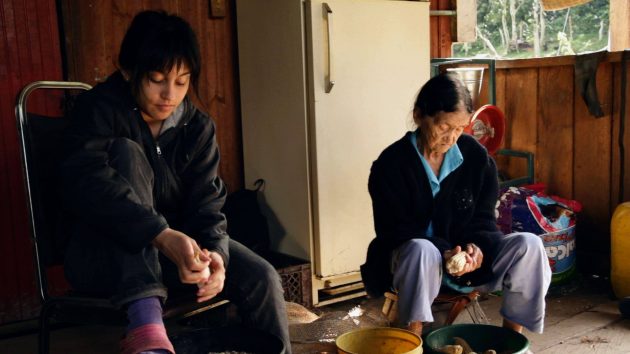
The period that dominates the film shows the household full of women, as more of Sixta’s daughters come together to care for her. We see them carrying out the demanding physical tasks of daily life in the countryside: picking corn, chopping wood for the stove, tending to the hens, shelling beans, bringing water, laying the coffee beans out to dry. And throughout these tasks and caring for their dying matriarch, Emilse keeps asking questions. More aunts speak up about abuse they’ve suffered at the hands of their uncles, father, neighbours and husbands. We see how this violence has also been absorbed and reinforced by women.
In a country where national violence has influenced daily life for over 50 years, violence against women has often gone unnoticed. The women in filmmaker Emilse Quevedo’s family were married to men who served in the armed forces and the police service; they bore sons who joined both the military and the armed rebels. But pervasive intrafamiliar violence plagued the women in her family from the day they were born female. And this needed to be explored for them, and millions of others, to heal.
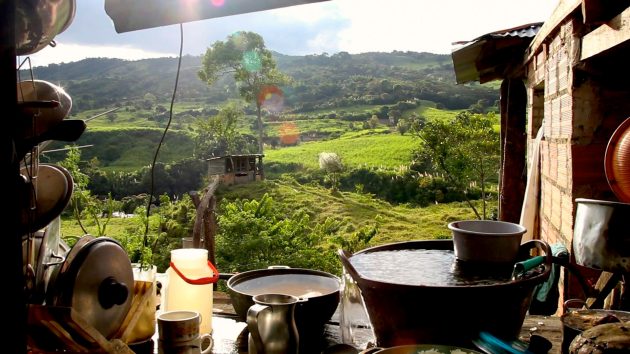
Sixta explains how she was married off to a man 20 years older than her; how she gave birth eleven times all on her own. “I’d grab the scissors and make up some hot water then lock myself away in a room until I was done.” Aunts speak of their uncles attempting to sexually abuse them over and over again. One has suffered beatings from her husband for years. Routine violence extends to the children, to the girls. These women have bravely battled on for generations, without an opportunity to heal. The trauma is uncontainable, but just as Emilse’s camera is “a refuge that contains” her, Emilse’s camera, her questions and her care are a refuge for her family, and a way out of trauma.
Emilse and her younger sister Deisy, despite suffering abuse from their father, have found liberation from traditional roles and family trauma. Their influence in Santander lightens the load. They bring a fresh perspective but never approach their relatives with judgement. We experience the family and this period through Emilse’s compassionate gaze. Her ability to nurture and capture women’s intimacy (physical attention, support through illness and daily tasks, jokes and banter) keeps our attention close without the need to focus on cinematography, colouring or effects.
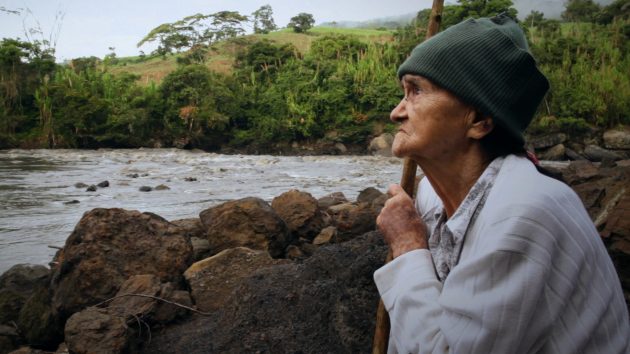
Sensitive vocals by twins Juanita and Valentina Áñez (“Las Áñez”) serve as a chorus marking tonal shifts in the story. On one song, a third voice, sweeter, joins them. The story takes on a new life, literally, with Emilse’s pregnancy and we see how generational shifts mark this family’s decision to speak out, supporting each other as they always have done but now with more compassion.
Of course, the pain can’t be fixed. As Emilse’s mother and Sixta say their goodbyes, for example, they are physically close, holding each other and kissing each other goodbye. They tell each other they love each other, forgive the past, but they can’t look each other in the eye. Nonetheless, making this documentary, as Emilse’s family stated in an emotional and triumphant Q&A following the screening, has been pivotal for them. “We won’t keep silent any more”, her aunts stated.
Emilse has achieved an auteur documentary that sticks with you and far more importantly, her values and her belief in this project have helped the women in her family to move on and begin living for themselves.
Nosotras is showing in various Colombian cities until 31 August. More about the film here.
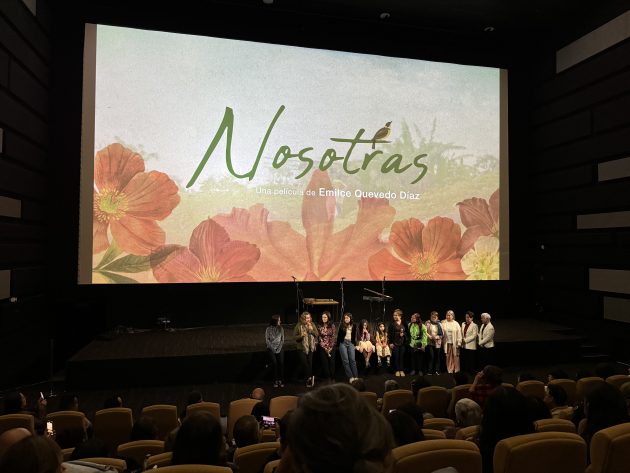
Follow Sounds and Colours: Facebook / Twitter / Instagram / Mixcloud / Soundcloud / Bandcamp
Subscribe to the Sounds and Colours Newsletter for regular updates, news and competitions bringing the best of Latin American culture direct to your Inbox.

